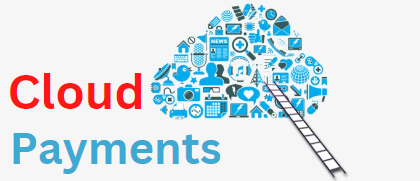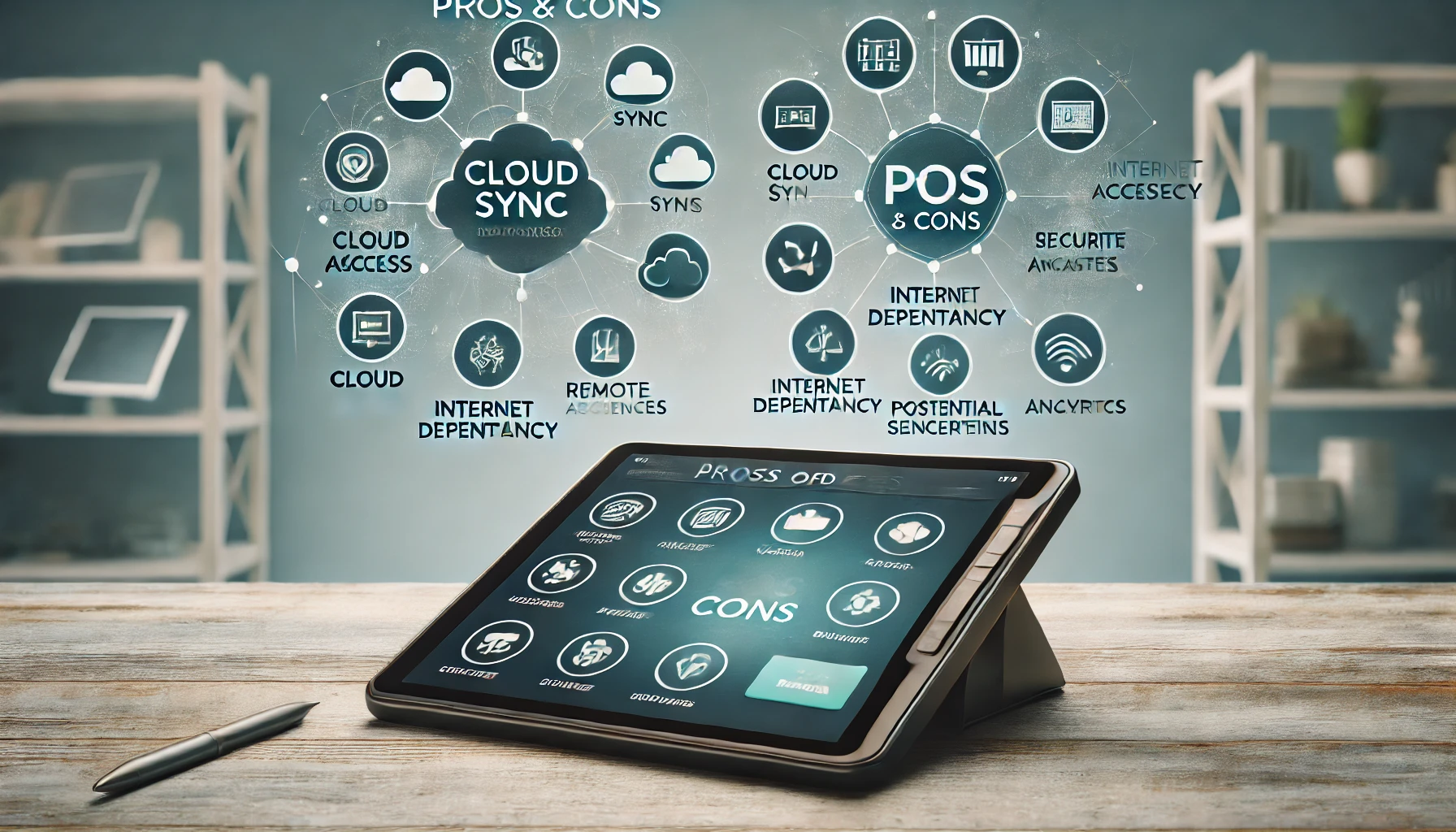How to Handle Credit Card Disputes in Cloud Payment Systems
In today’s digital age, cloud payment systems have become increasingly popular for businesses and consumers alike. These systems offer convenience and efficiency, allowing transactions to be processed quickly and securely. However, with the rise of cloud payment systems, there has also been an increase in credit card disputes.
A credit card dispute occurs when a cardholder questions a charge on their credit card statement and seeks a resolution. In this article, we will explore how to handle credit card disputes in cloud payment systems, providing you with a comprehensive guide to navigate this often complex process.
Understanding the Common Types of Credit Card Disputes
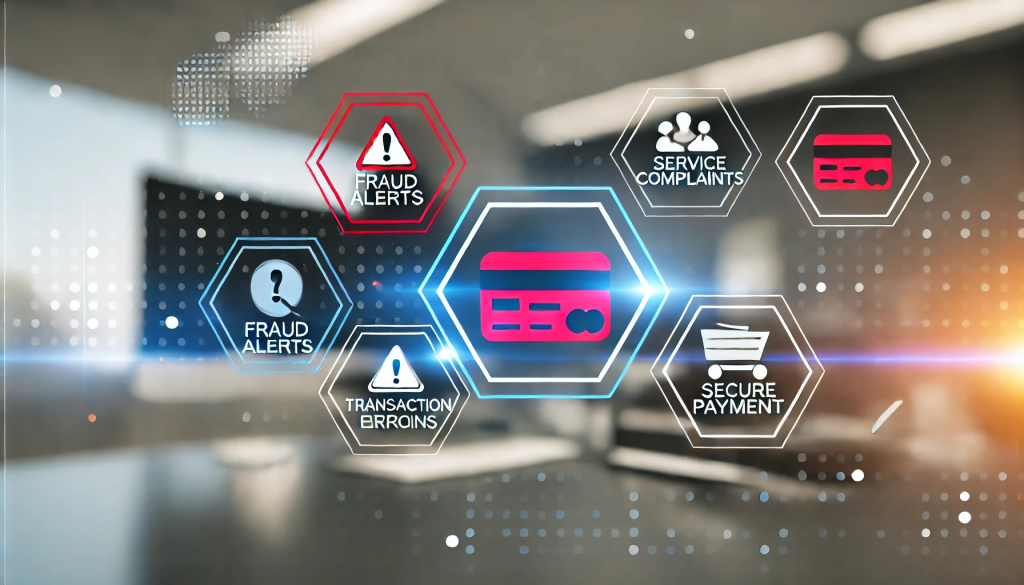
Before delving into the steps to handle credit card disputes, it is essential to understand the common types of disputes that can arise in cloud payment systems. By familiarizing yourself with these types, you can better prepare for potential disputes and take proactive measures to prevent them.
- Unauthorized Charges: One of the most common types of credit card disputes is unauthorized charges. This occurs when a cardholder notices a charge on their credit card statement that they did not authorize or recognize. It could be a result of identity theft, where someone fraudulently uses the cardholder’s information to make purchases.
- Billing Errors: Another common type of dispute is billing errors. This can include double charges, incorrect amounts, or charges for goods or services that were not received. Billing errors can occur due to technical glitches in the cloud payment system or human error during the transaction process.
- Dissatisfaction with Goods or Services: Sometimes, a cardholder may dispute a charge due to dissatisfaction with the goods or services received. This can include receiving damaged or defective products, poor customer service, or not receiving the promised goods or services at all.
- Subscription Cancellations: Many cloud payment systems offer subscription-based services. In some cases, cardholders may dispute charges related to subscription cancellations. This can occur when a cardholder believes they have canceled a subscription but continues to be charged.
- Fraudulent Transactions: Fraudulent transactions can occur when a cardholder’s credit card information is stolen or compromised. These transactions are often made without the cardholder’s knowledge or consent. It is crucial to identify and report fraudulent transactions promptly to protect your financial security.
Steps to Take When Faced with a Credit Card Dispute
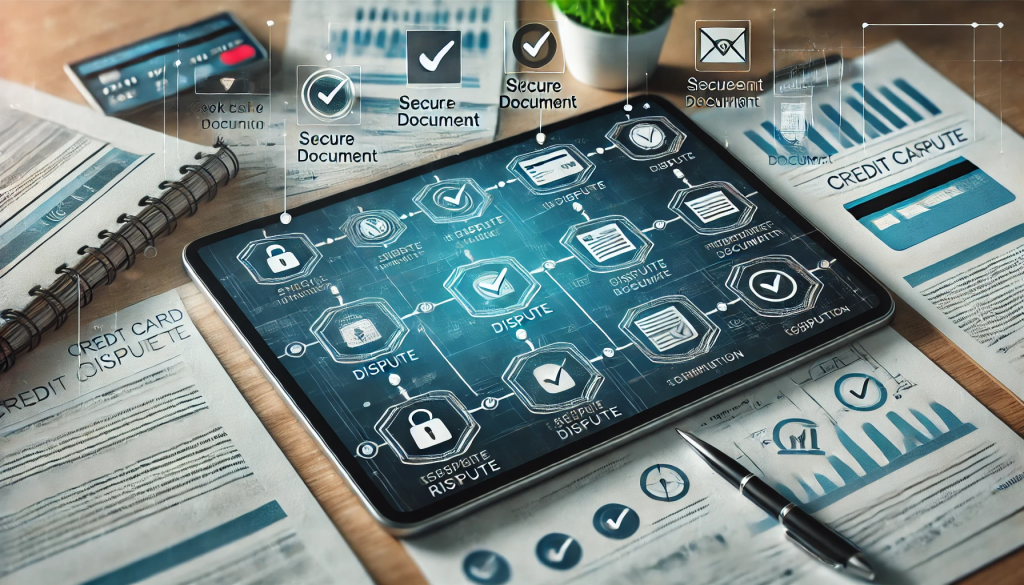
When faced with a credit card dispute in a cloud payment system, it is essential to take prompt action to protect your rights and resolve the issue. Here are the steps you should follow:
- Review Your Credit Card Statement: The first step is to carefully review your credit card statement and identify the disputed charge. Ensure that it is not a legitimate charge that you may have forgotten or overlooked. If you still believe the charge is incorrect or unauthorized, proceed to the next step.
- Contact the Merchant: Reach out to the merchant directly to discuss the disputed charge. Provide them with all relevant details, such as the date of the transaction, the amount charged, and any supporting documentation. The merchant may be able to resolve the issue promptly, saving you the hassle of going through the dispute resolution process.
- Document Your Communication: Keep a record of all communication with the merchant, including dates, times, and the names of the individuals you spoke with. This documentation will be valuable if you need to escalate the dispute to the cloud payment system provider or credit card issuer.
- Gather Evidence: If the merchant is unable or unwilling to resolve the dispute, gather any evidence that supports your claim. This can include receipts, emails, screenshots, or any other documentation that proves the charge is incorrect or unauthorized.
- Contact Your Credit Card Issuer: If the merchant does not resolve the dispute to your satisfaction, contact your credit card issuer. Most issuers have a specific process for handling credit card disputes. Provide them with all relevant information and documentation, and follow their instructions to initiate the dispute resolution process.
- Be Prepared for a Temporary Hold: In some cases, your credit card issuer may place a temporary hold on the disputed amount while they investigate the claim. This is a standard practice to protect both the cardholder and the issuer during the dispute resolution process.
- Cooperate with the Investigation: Throughout the investigation process, cooperate fully with your credit card issuer. Provide any additional information or documentation they request promptly. This will help expedite the resolution of your dispute.
- Keep Track of Deadlines: Credit card disputes have specific deadlines that must be adhered to. Make sure you are aware of these deadlines and submit any required documentation or information within the specified timeframe. Failure to meet these deadlines may result in the dispute being closed without a resolution in your favor.
- Stay Informed: Stay informed about the progress of your dispute by regularly checking in with your credit card issuer. They should provide updates on the status of the investigation and any actions you need to take.
- Follow Up: Once the dispute is resolved, follow up with your credit card issuer to ensure that the disputed amount is credited back to your account. Keep a record of the resolution for future reference.
How to Gather and Document Evidence for a Credit Card Dispute

When faced with a credit card dispute, gathering and documenting evidence is crucial to support your claim. This evidence will help strengthen your case and increase the likelihood of a favorable resolution. Here are some tips on how to gather and document evidence effectively:
- Save Receipts: Whenever you make a purchase using your credit card, save the receipt. Receipts provide proof of the transaction and can be used to verify the amount charged and the goods or services received.
- Take Screenshots: If you made an online purchase, take screenshots of the transaction confirmation page, order details, and any communication with the merchant. These screenshots can serve as evidence of the transaction and any promises made by the merchant.
- Keep Emails and Correspondence: If you have exchanged emails or other correspondence with the merchant regarding the disputed charge, save these communications. They can provide valuable evidence of your attempts to resolve the issue directly with the merchant.
- Document Phone Calls: If you speak with the merchant or your credit card issuer over the phone, take detailed notes during the conversation. Include the date, time, the name of the person you spoke with, and a summary of the discussion. These notes can be used to support your claim and provide a record of your efforts to resolve the dispute.
- Take Photos: If the dispute involves physical goods, take photos of any damage or defects. These photos can serve as visual evidence of the condition of the goods received.
- Obtain Expert Opinions: In some cases, you may need to obtain expert opinions to support your claim. For example, if you received a faulty product, you could seek an opinion from a qualified technician or specialist. Their professional assessment can strengthen your case.
- Keep a Dispute Log: Create a dispute log to track all relevant information related to the dispute. Include details such as the date of the dispute, the disputed amount, the merchant’s response, and any actions taken. This log will help you stay organized and provide a comprehensive overview of the dispute.
- Organize Your Documentation: Keep all evidence and documentation related to the dispute in a safe and organized manner. This will make it easier to access and present the information when needed.
Initiating the Dispute Resolution Process with the Cloud Payment System Provider
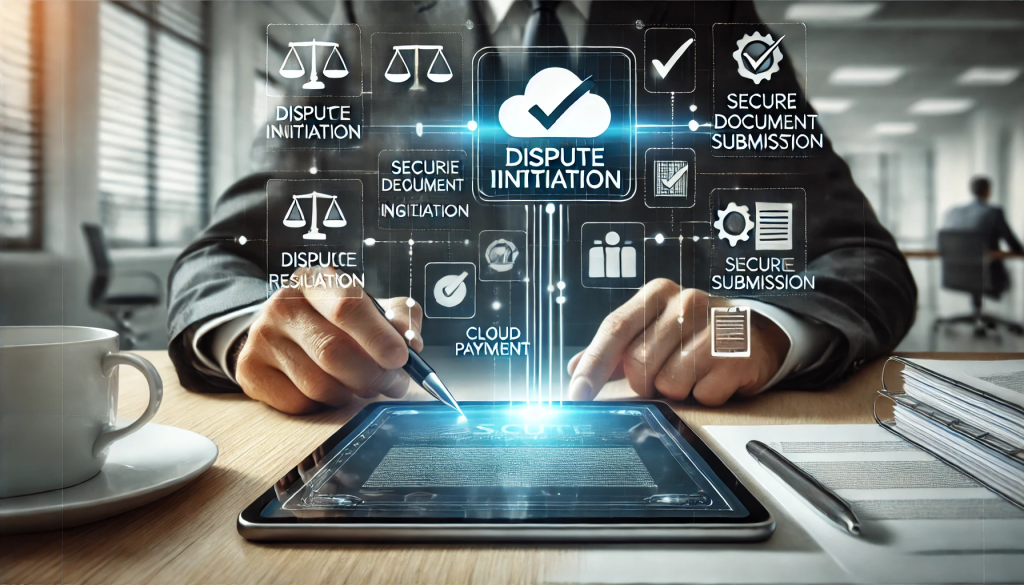
When faced with a credit card dispute in a cloud payment system, it is essential to initiate the dispute resolution process with the cloud payment system provider. The provider acts as an intermediary between the cardholder and the merchant, facilitating communication and working towards a resolution. Here are the steps to initiate the dispute resolution process:
- Review the Provider’s Dispute Resolution Policy: Familiarize yourself with the cloud payment system provider’s dispute resolution policy. This policy will outline the steps you need to take and the information you need to provide to initiate a dispute.
- Gather Evidence: Before contacting the provider, gather all relevant evidence and documentation to support your claim. This evidence will be crucial in presenting your case and increasing the likelihood of a favorable resolution.
- Contact the Provider: Reach out to the cloud payment system provider’s customer support team to initiate the dispute resolution process. Provide them with all relevant details, including the disputed charge, the date of the transaction, and any supporting documentation.
- Follow the Provider’s Instructions: The provider will guide you through the dispute resolution process and provide instructions on the next steps. Follow their instructions carefully and provide any additional information or documentation they request promptly.
- Cooperate with the Investigation: Throughout the investigation process, cooperate fully with the cloud payment system provider. Respond to any inquiries or requests for information promptly and provide any additional evidence they require.
- Stay Informed: Stay informed about the progress of your dispute by regularly checking in with the cloud payment system provider. They should provide updates on the status of the investigation and any actions you need to take.
- Escalate if Necessary: If you are not satisfied with the resolution provided by the cloud payment system provider, you may need to escalate the dispute. Follow their escalation process, which may involve contacting a higher-level customer support representative or filing a formal complaint.
Navigating the Chargeback Process in Cloud Payment Systems

In some cases, the dispute resolution process with the cloud payment system provider may not result in a satisfactory resolution. When this happens, you may need to navigate the chargeback process. A chargeback is a reversal of a credit card transaction initiated by the cardholder’s bank. Here are the steps to navigate the chargeback process in cloud payment systems:
- Understand the Chargeback Process: Familiarize yourself with the chargeback process specific to your credit card issuer. Each issuer may have slightly different procedures and requirements. Understanding the process will help you navigate it effectively.
- Contact Your Credit Card Issuer: Reach out to your credit card issuer’s customer service department to initiate the chargeback process. Provide them with all relevant details, including the disputed charge, the date of the transaction, and any supporting documentation.
- Complete the Chargeback Form: Your credit card issuer may require you to complete a chargeback form. This form will ask for details about the disputed charge, the reason for the dispute, and any supporting documentation. Fill out the form accurately and provide as much detail as possible.
- Submit Supporting Documentation: Along with the chargeback form, submit any supporting documentation that strengthens your case. This can include receipts, screenshots, emails, or any other evidence that proves the charge is incorrect or unauthorized.
- Await the Investigation: Once you have submitted the chargeback form and supporting documentation, your credit card issuer will initiate an investigation. This investigation may take several weeks, during which time they will review the evidence provided by both parties.
- Cooperate with the Investigation: Throughout the investigation process, cooperate fully with your credit card issuer. Respond to any inquiries or requests for information promptly and provide any additional evidence they require.
- Be Prepared for a Temporary Hold: During the chargeback process, your credit card issuer may place a temporary hold on the disputed amount. This is a standard practice to protect both the cardholder and the issuer during the investigation.
- Stay Informed: Stay informed about the progress of your chargeback by regularly checking in with your credit card issuer. They should provide updates on the status of the investigation and any actions you need to take.
- Follow Up: Once the chargeback is resolved, follow up with your credit card issuer to ensure that the disputed amount is credited back to your account. Keep a record of the resolution for future reference.
Tips for Communicating Effectively with the Credit Card Issuer
Effective communication with your credit card issuer is crucial when navigating a credit card dispute. Clear and concise communication can help ensure that your case is understood and resolved in a timely manner. Here are some tips for communicating effectively with your credit card issuer:
- Be Prepared: Before contacting your credit card issuer, gather all relevant information and documentation related to the dispute. This will help you provide accurate and detailed information during your communication.
- Stay Calm and Professional: It is essential to remain calm and professional during your communication with the credit card issuer. Getting angry or frustrated may hinder the resolution process and damage your credibility.
- Clearly Explain the Issue: Clearly explain the issue you are facing, providing all relevant details such as the disputed charge, the date of the transaction, and any supporting documentation. Be concise and to the point, ensuring that your message is clear and easy to understand.
- Use Clear and Concise Language: Use clear and concise language when communicating with your credit card issuer. Avoid using technical jargon or complex terms that may confuse the reader. Keep your message simple and straightforward.
- Provide Supporting Documentation: Whenever possible, provide supporting documentation to strengthen your case. This can include receipts, screenshots, emails, or any other evidence that proves the charge is incorrect or unauthorized. Clearly explain how this evidence supports your claim.
- Follow Instructions Carefully: Your credit card issuer may provide specific instructions on how to proceed with the dispute resolution process. Follow these instructions carefully and provide any additional information or documentation they request promptly.
- Keep a Record: Keep a record of all communication with your credit card issuer, including dates, times, and the names of the individuals you spoke with. This documentation will be valuable if you need to escalate the dispute or refer back to previous conversations.
- Be Patient: Resolving a credit card dispute can take time, so it is essential to be patient throughout the process. Follow up with your credit card issuer regularly to stay informed about the progress of your dispute.
Strategies for Preventing Credit Card Disputes in Cloud Payment Systems
While credit card disputes can be challenging to handle, there are several strategies you can implement to prevent them from occurring in the first place. By taking proactive measures, you can minimize the risk of disputes and create a smoother payment experience for both you and your customers. Here are some strategies for preventing credit card disputes in cloud payment systems:
- Clear and Transparent Communication: Establish clear and transparent communication channels with your customers. Clearly communicate your refund and return policies, billing practices, and any other relevant information. This will help set expectations and reduce the likelihood of misunderstandings or disputes.
- Accurate Product Descriptions: Provide accurate and detailed product descriptions on your website or app. Include information such as dimensions, materials, colors, and any other relevant details. This will help customers make informed purchasing decisions and reduce the risk of dissatisfaction or disputes.
- Prompt Order Confirmation: Send prompt order confirmation emails to customers after they make a purchase. Include all relevant details, such as the order number, item description, quantity, price, and shipping information. This will help ensure that customers have a clear record of their purchase and can easily identify any discrepancies.
- Secure Payment Processing: Implement robust security measures to protect customer payment information. Use secure payment gateways and encryption technologies to safeguard sensitive data. This will help build trust with your customers and reduce the risk of fraud or unauthorized charges.
- Clear Billing Descriptors: Ensure that your billing descriptors clearly identify your business name or the name of your product or service. This will help customers recognize charges on their credit card statements and reduce the likelihood of disputes due to unrecognized charges.
- Responsive Customer Support: Provide responsive and helpful customer support to address any concerns or issues promptly. Make it easy for customers to contact you through multiple channels, such as phone, email, or live chat. Promptly respond to inquiries and work towards resolving any problems to the customer’s satisfaction.
- Streamlined Refund Process: Establish a streamlined and efficient refund process. Clearly communicate your refund policy to customers and provide clear instructions on how to request a refund. Process refunds promptly and communicate with customers throughout the refund process to keep them informed.
- Regular Account Reconciliation: Regularly reconcile your accounts to ensure that all transactions are accurate and accounted for. This will help identify any discrepancies or errors early on and allow you to take corrective action promptly.
- Ongoing Monitoring and Fraud Detection: Implement systems and tools to monitor transactions and detect potential fraud or unauthorized activity. Regularly review transaction logs and look for any suspicious patterns or anomalies. This proactive approach can help prevent disputes resulting from fraudulent charges.
- Continuous Improvement: Continuously evaluate and improve your processes based on customer feedback and industry best practices. Regularly review your refund and dispute resolution processes to identify areas for improvement and implement necessary changes.
Frequently Asked Questions about Credit Card Disputes in Cloud Payment Systems
Q1. What is a credit card dispute?
A credit card dispute occurs when a cardholder questions a charge on their credit card statement and requests a refund or resolution from the merchant. It can be due to unauthorized charges, billing errors, defective goods, subscription cancellations, or dissatisfaction with goods or services.
Q2. How long do I have to dispute a charge on my credit card?
The timeframe for disputing a charge on your credit card varies depending on the credit card issuer. Generally, you should report the dispute as soon as possible, preferably within 60 days of the charge appearing on your statement. However, it is best to check with your credit card issuer for their specific time limits.
Q3. What should I do if the merchant is unresponsive or unwilling to resolve the dispute?
If the merchant is unresponsive or unwilling to resolve the dispute, you should contact your credit card issuer and file a dispute with them. They will investigate the matter and work towards a resolution on your behalf.
Q4. Can I dispute a charge if I no longer have the receipt or order confirmation?
While having the receipt or order confirmation can strengthen your case, it is still possible to dispute a charge without them. Provide any other evidence or documentation you may have, such as emails, screenshots, or communication with the merchant. The more evidence you can provide, the better your chances of a successful dispute.
Q5. What is a chargeback?
A chargeback is a reversal of a disputed charge issued by the credit card issuer. If the credit card issuer determines that the charge is invalid or unauthorized, they will refund the amount to your account and debit it from the merchant’s account.
Q6. Can I dispute a charge if I am dissatisfied with the goods or services received?
Disputing a charge based on dissatisfaction with goods or services can be challenging, as it often involves subjective opinions and expectations. However, if the goods or services received were significantly different from what was promised or if there was a breach of contract, you may have grounds for a dispute.
Q7. What is mediation and arbitration?
Mediation and arbitration are alternative dispute resolution methods that can help facilitate a resolution between you and the merchant without resorting to legal action. Mediation involves a neutral third party who helps facilitate communication and negotiation between the parties. Arbitration involves a neutral third party who listens to both sides and makes a binding decision to resolve the dispute.
Q8. When should I seek legal advice for a credit card dispute?
If all other options have been exhausted, and the dispute remains unresolved, you may need to seek legal advice. Consult with an attorney who specializes in consumer protection or credit card disputes to understand your rights and options.
Q9. How can I prevent credit card disputes in cloud payment systems?
To prevent credit card disputes in cloud payment systems, establish clear and transparent communication, provide accurate product descriptions, ensure secure payment processing, offer responsive customer support, streamline the refund process, regularly reconcile accounts, monitor for fraud, and continuously improve your processes based on customer feedback.
Q10. How can I protect myself from unauthorized charges?
To protect yourself from unauthorized charges, regularly monitor your credit card statements for any unrecognized charges. Report any suspicious activity to your credit card issuer immediately. Use secure payment gateways and encryption technologies when making online purchases, and be cautious when sharing your credit card information online.
